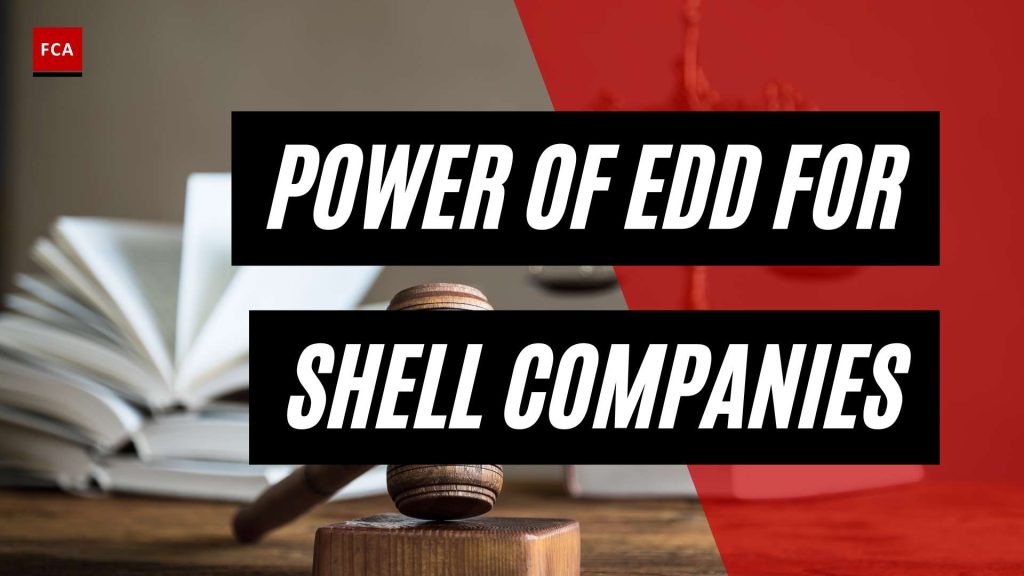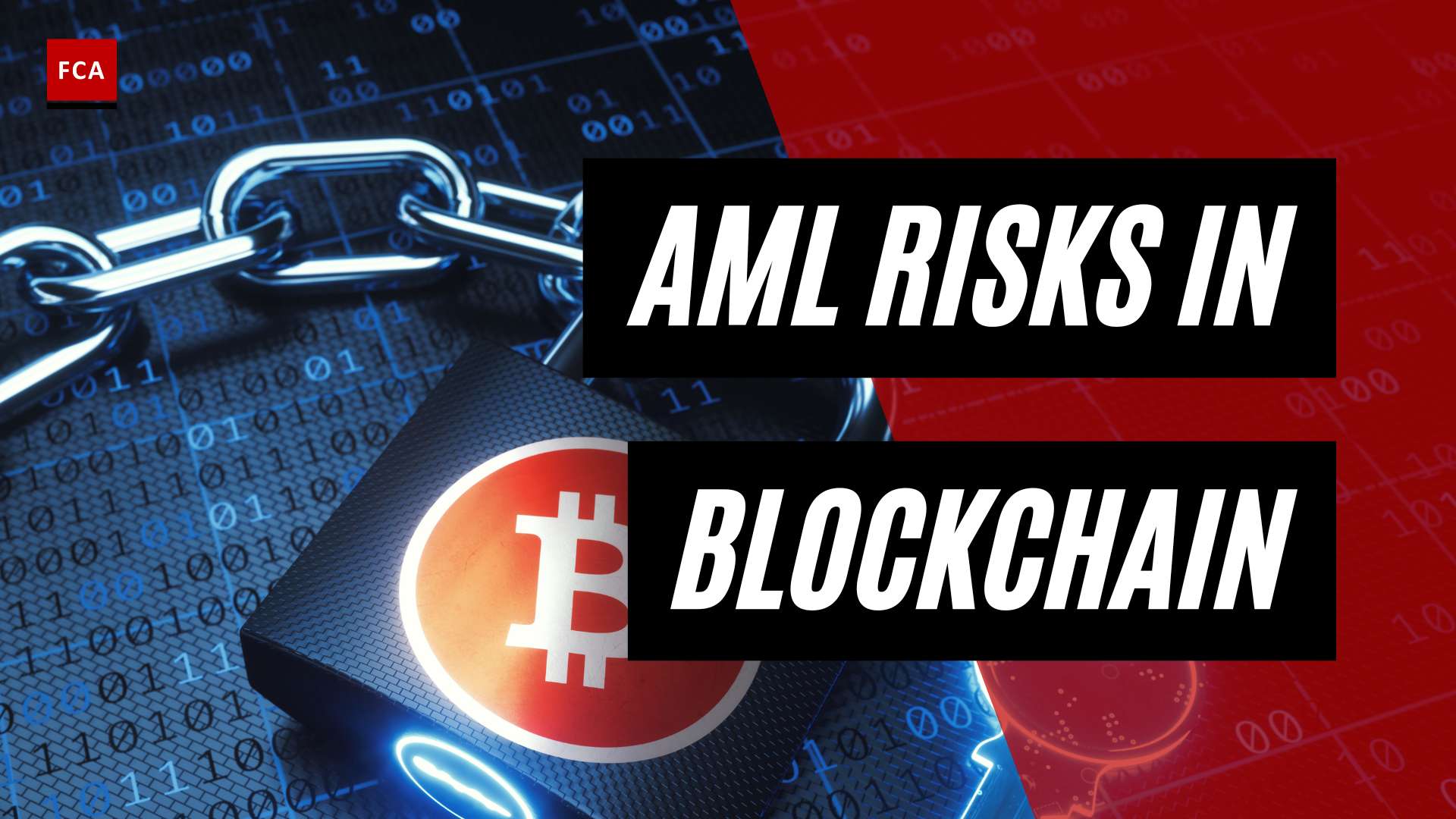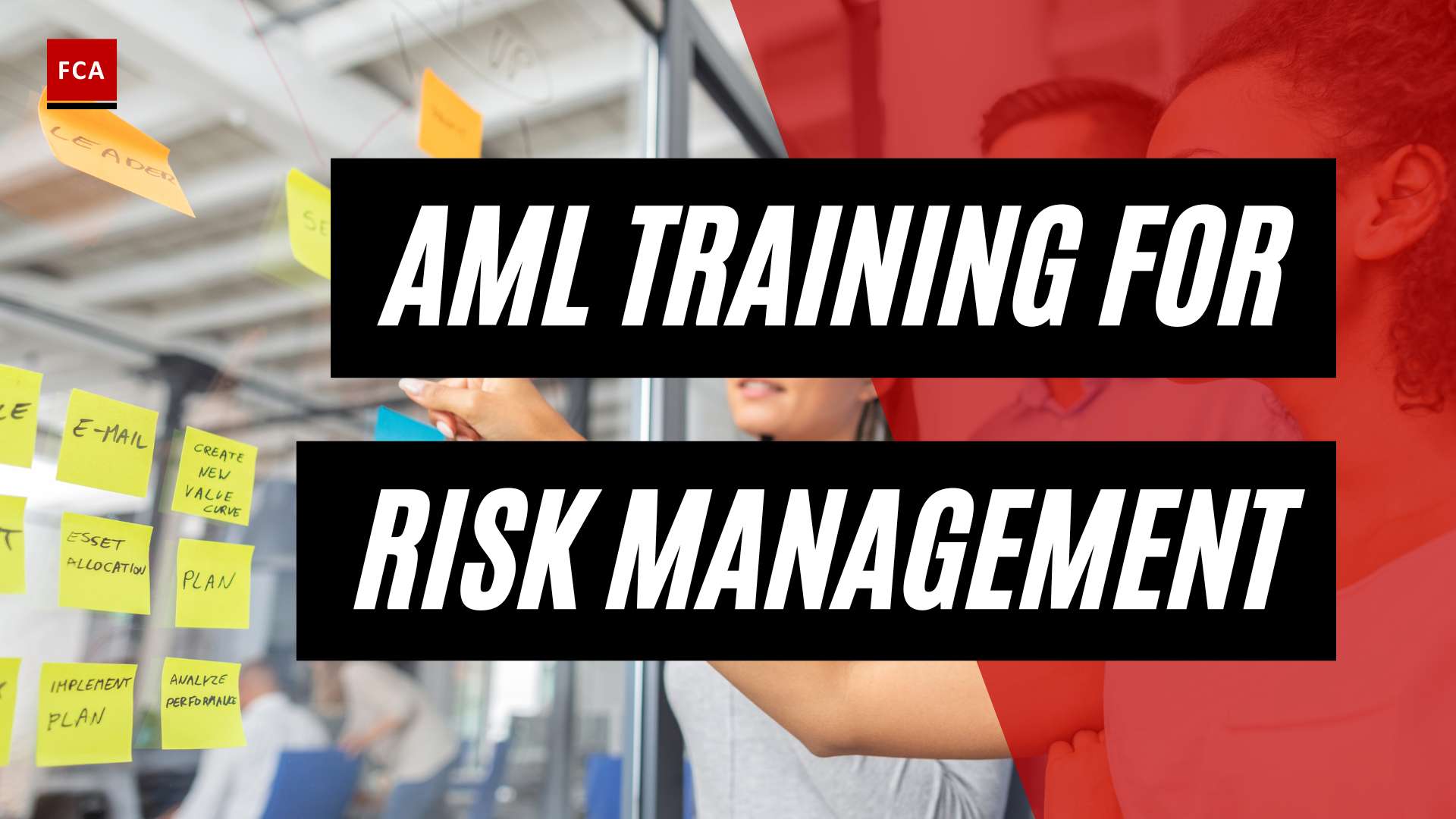Understanding Enhanced Due Diligence (EDD)
Enhanced Due Diligence (EDD) is a crucial component of anti-money laundering (AML) compliance that helps organizations identify and mitigate risks associated with high-risk clients and significant financial transactions. It goes beyond the standard due diligence process to provide a more comprehensive assessment of the client’s profile and activities.
What is Enhanced Due Diligence?
Enhanced Due Diligence (EDD) is a framework designed to address the specific challenges posed by high-risk clients and complex financial transactions. It involves gathering additional information and conducting a more detailed analysis to create higher identity assurance and reduce the chances of money laundering and terrorist financing (Sanction Scanner).
The EDD process requires organizations to obtain and verify more detailed information about their clients compared to the standard Customer Due Diligence (CDD) process. This includes information about the client’s identity, source of funds, and business activities. By acquiring a deeper understanding of the client, organizations can assess the level of risk they pose and take appropriate measures to mitigate those risks.
Importance of EDD in AML Compliance
EDD plays a critical role in AML compliance, particularly when dealing with high-risk clients and situations. Companies are required to implement Enhanced Due Diligence procedures in various scenarios, such as when conducting business with politically exposed persons (PEPs), individuals from high-risk or sanctioned countries, or any other situation that presents an increased risk of money laundering.
By conducting EDD, organizations can identify red flags and suspicious activities associated with money laundering and other illicit financial activities. It helps them establish a more comprehensive risk profile of their clients, enabling them to make informed decisions and implement appropriate risk management strategies.
Adopting a risk-based approach to due diligence, as recommended by the Financial Action Task Force (FATF), ensures that organizations allocate their resources effectively by focusing their EDD efforts on higher-risk customer relationships. This risk-based approach involves tailoring the level of information obtained and verified based on the assessed risk level of the client.
In summary, Enhanced Due Diligence is a critical component of AML compliance, enabling organizations to gather comprehensive information about high-risk clients and transactions. By conducting EDD, organizations can proactively identify and mitigate risks associated with money laundering and other financial crimes. Implementing robust EDD procedures and following best practices is essential for maintaining regulatory compliance and safeguarding the integrity of financial systems.
Shell Companies and Money Laundering
To fully comprehend the significance of enhanced due diligence (EDD) for shell companies, it is essential to understand the nature of shell companies and their role in facilitating money laundering.
Definition and Characteristics of Shell Companies
Shell companies are corporate entities without active business operations or significant assets. While not inherently nefarious, they can be exploited for illicit financial activities, including money laundering. Shell companies offer anonymity and asset concealment, attracting individuals seeking to protect assets from litigation, competitors, public scrutiny, evade obligations, or engage in illegal activities (FlagRight).
One of the key characteristics of shell companies is their opaque ownership structure. They are often registered in jurisdictions known for relaxed corporate governance laws and financial secrecy, making them challenging to investigate due to the lack of transparency. The true ownership of shell companies can be hidden behind complex ownership structures, making it difficult to identify the individuals or entities benefitting from their activities.
Role of Shell Companies in Money Laundering
Shell companies serve as a vehicle for money laundering by facilitating the three stages of the money laundering process: placement, layering, and integration (FlagRight).
In the placement stage, illicit funds are introduced into the financial system. Shell companies are used to receive and hold these funds, providing a layer of anonymity to the individuals behind the illegal activities.
During the layering stage, the true source of the funds is disguised through complex transactions. Shell companies are employed to create a web of financial transactions, making it difficult to trace the origin of the funds.
Finally, in the integration stage, the laundered funds are re-introduced into the legitimate economy. Shell companies can be used to invest in legitimate assets or make seemingly legitimate payments, effectively integrating the illicit funds into the financial system.
By using shell companies, individuals can obscure the true ownership of assets, avoid taxes, launder money, or evade legal responsibilities by distancing themselves from the transactions and assets associated with the company (Financial Crime Academy). Additionally, shell companies facilitate trade-based money laundering, which involves manipulating trade transactions to disguise the movement of money.
The use of shell companies for money laundering poses significant challenges for anti-money laundering (AML) compliance. Identifying and mitigating the risks associated with shell companies requires the implementation of robust EDD procedures and the use of advanced technologies. In the following sections, we will explore the specific EDD procedures for shell companies and discuss their importance in strengthening AML compliance efforts.
Red Flags for Shell Companies
In the world of anti-money laundering (AML) compliance, identifying and scrutinizing shell companies is crucial. Shell companies, although not inherently nefarious, can be exploited for illicit financial activities, including money laundering. Understanding the red flags associated with shell companies is essential for detecting and preventing potential money laundering activities.
Identifying Shell Companies
Shell companies are corporate entities without active business operations or significant assets. While legitimate uses for shell companies exist, they can also be exploited for illicit purposes such as money laundering. Identifying shell companies requires a thorough examination of certain characteristics and red flags. Some common indicators include:
- Lack of physical office or employees: Shell companies often lack a physical presence or have minimal employees, making it challenging to ascertain their actual business activities.
- Third-party management: The use of third-party service providers to manage company affairs can be an indication of a shell company.
- Unusual payment patterns: Shell companies may exhibit abnormal payment patterns, such as routing transactions through different countries without an apparent reason or engaging in complex financial transactions with no clear economic purpose.
These red flags, among others, should raise suspicions and prompt further investigation to determine the legitimacy of a company.
Suspicious Activities and Red Flags
Shell companies play a role in facilitating money laundering by providing anonymity and asset concealment. Criminals may exploit shell companies to obscure the true ownership of assets, evade taxes, launder money, or engage in other illegal activities. To detect potential money laundering activities involving shell companies, it is important to be aware of the following red flags:
- Unclear ultimate beneficial ownership: Shell companies often utilize complex ownership structures that make it difficult to determine the true beneficiaries. This lack of transparency raises suspicions and suggests attempts to conceal criminal activities.
- Unexplained movement of money: Suspicious financial activities, such as large or frequent transactions with no clear explanations, can be a sign of illicit activities. Money flowing between jurisdictions without legitimate reasons is another red flag.
- Jurisdiction with relaxed corporate governance laws: Shell companies are often formed in jurisdictions known for relaxed corporate governance laws and financial secrecy. Companies registered in these jurisdictions may be challenging to investigate due to the lack of transparency regarding their ownership structure and financial activities.
Financial institutions and compliance professionals must remain vigilant in monitoring the risks associated with providing services to shell companies. They are expected to assess the risks of each shell company relationship, identify and manage them effectively to prevent money laundering activities, and ensure compliance with AML regulations and requirements. For more information on AML red flags and risk-based approaches, visit our article on EDD regulations and requirements.
Detecting and addressing the risks associated with shell companies is an essential component of a robust AML compliance program. By familiarizing themselves with the red flags and employing enhanced due diligence (EDD) procedures, companies can strengthen their defenses against money laundering and illicit financial activities.
Enhanced Due Diligence (EDD) for Shell Companies
When it comes to combating money laundering and other illicit financial activities, implementing enhanced due diligence (EDD) procedures for shell companies is essential. Considering the unique characteristics and risks associated with shell companies, it is crucial to have robust EDD measures in place. This section will explore the specific EDD procedures for shell companies and the role of technology in enhancing the effectiveness of these procedures.
EDD Procedures for Shell Companies
EDD procedures for shell companies involve a thorough assessment of the ultimate beneficial ownership (UBO) structure and an in-depth analysis of their financial activities. By scrutinizing the ownership structure, financial institutions and compliance professionals can identify any complex ownership arrangements or attempts to conceal the true UBOs. The key steps involved in EDD procedures for shell companies include:
-
Ultimate Beneficial Ownership (UBO) Verification: Conducting a comprehensive investigation to determine the individuals or entities that ultimately control or benefit from the shell company. This process helps uncover the true nature and purpose behind the company’s operations.
-
Transaction Monitoring: Implementing robust transaction monitoring systems to detect unusual or suspicious financial activities associated with shell companies. This can include monitoring for high-value transactions, frequent transfers, or patterns indicative of money laundering or trade-based money laundering.
-
Trade Transactions Analysis: Analyzing trade transactions involving shell companies to identify any abnormal or suspicious patterns. Trade-based money laundering is a common method used by criminals to disguise the movement of money, and thorough analysis can help uncover such illicit activities (FlagRight).
-
Red Flag Indicators: Identifying specific red flags that may indicate potential illicit activities associated with shell companies. These red flags can include unclear UBO structures, complex ownership arrangements, high-risk jurisdictions, or transactions involving high-risk individuals or entities (ComplyAdvantage).
Leveraging Technology for EDD
With the increasing complexity and volume of financial transactions, leveraging technology is crucial in enhancing the effectiveness and efficiency of EDD procedures for shell companies. Technology can streamline the process, improve accuracy, and enable more comprehensive analysis. Some ways technology can be leveraged for EDD include:
-
Data Analytics and AI: Utilizing advanced data analytics and artificial intelligence (AI) tools to analyze large volumes of data and identify patterns, anomalies, and potential risks associated with shell companies. These technologies can help detect suspicious activities and flag potential red flags more effectively.
-
Automated Screening: Implementing automated screening solutions to conduct real-time checks against various databases, including watchlists, sanctions lists, and politically exposed persons (PEPs) databases. This ensures timely identification of any individuals or entities associated with shell companies that may pose an elevated risk (ComplyAdvantage).
-
Network Analysis: Employing network analysis tools to map out connections and relationships between shell companies, individuals, and other entities. This can help identify potential links to illicit activities and enable a more comprehensive understanding of the overall risk profile.
By integrating technology into the EDD process, financial institutions and compliance professionals can enhance their ability to detect and mitigate risks associated with shell companies. However, it is important to note that technology should complement, not replace, human expertise and judgment. Effective EDD procedures require a combination of technological solutions and knowledgeable professionals who can interpret the results and make informed decisions.
In order to comply with regulatory expectations and mitigate the risks associated with shell companies, financial institutions and regulatory bodies must continue to evolve their EDD procedures and leverage the power of technology. By implementing robust EDD measures and staying vigilant to emerging risks, stakeholders can strengthen their AML compliance efforts and contribute to a more secure financial system.
Compliance with EDD Requirements
To strengthen AML compliance and mitigate the risks associated with shell companies, it is crucial for organizations to adhere to the regulatory expectations for Enhanced Due Diligence (EDD) and implement best practices in their processes.
Regulatory Expectations for EDD
Regulators and governing bodies have set forth specific requirements for EDD to combat money laundering and terrorist financing. Financial institutions and other businesses must follow these expectations to ensure compliance and protect themselves from potential risks. Some key regulatory expectations for EDD include:
-
Risk-Based Approach: The Financial Action Task Force (FATF) recommends a risk-based approach to due diligence, where the level of information obtained and verified must be increased for higher-risk customer relationships. This approach enables organizations to allocate resources efficiently and prioritize their efforts based on the risk level associated with each customer.
-
High-Risk Customers: Companies are required to use EDD procedures when dealing with politically exposed persons (PEPs), individuals from high-risk or sanctioned countries, or any other situations that pose increased money laundering risk. Identifying and thoroughly assessing the risk associated with these customers is of utmost importance in implementing effective EDD measures.
-
Comprehensive Information Gathering: EDD involves gathering detailed information to verify the identities of clients and quantify the money laundering risk they pose. This process goes beyond standard Customer Due Diligence (CDD) requirements and may include factors such as source of funds, background checks, and additional documentation (Sanction Scanner).
Best Practices for EDD Implementation
Implementing EDD effectively requires organizations to adopt best practices that align with regulatory expectations and industry standards. Some key best practices for EDD implementation include:
-
Robust Procedures and Methodologies: Establishing clear EDD procedures and methodologies is crucial for consistent and comprehensive customer assessment. These procedures should outline the steps to be followed, including data collection, risk assessment, and ongoing monitoring. Having a systematic approach ensures that all necessary information is gathered and analyzed, minimizing the chances of overlooking any red flags.
-
Leveraging Technology: Embracing suitable EDD software and tools can streamline the process, enhance efficiency, and improve the accuracy of risk assessments. Advanced technologies can assist in automating data collection, conducting adverse media checks, and identifying potential risks associated with customers or transactions (Sanction Scanner). Leveraging technology can also enable organizations to implement ongoing risk-based monitoring strategies.
-
Training and Education: Providing regular training and education to employees involved in EDD is crucial to ensure a consistent and thorough implementation of EDD measures. This training should cover regulatory requirements, red flag identification, and the use of EDD tools and software. Keeping staff updated on emerging trends and techniques used in money laundering schemes is essential for effective risk assessment.
By complying with the regulatory expectations for EDD and adopting best practices in its implementation, organizations can significantly strengthen their AML compliance efforts and better detect and mitigate the risks associated with shell companies. It is essential to stay informed about the evolving regulatory landscape and continuously assess and enhance EDD processes to effectively combat money laundering and terrorist financing.
Tools and Solutions for EDD
When it comes to conducting Enhanced Due Diligence (EDD) for shell companies, there are several tools and solutions available to assist compliance professionals in effectively assessing the risk associated with these entities. These tools help in streamlining the EDD process and enhancing the accuracy of risk assessments. Two notable options in the market are Plaid products and other EDD solutions.
Plaid Products for EDD
Plaid, a leading technology company, offers a range of products and services that can be leveraged for EDD related to shell companies. Their offerings include Payments, Fraud and Compliance, Personal Finance Insights, Credit Underwriting, and Open Finance. These products provide valuable capabilities that can support compliance teams in conducting thorough EDD procedures.
One of Plaid’s key products, Plaid Link, enables instant linking of users’ financial accounts. This feature can be utilized in the EDD process for shell companies to verify the legitimacy of the company’s financial transactions and evaluate its risk profile. By securely accessing financial data, compliance professionals can gain valuable insights into the company’s financial activities, aiding in the identification of potential money laundering risks.
Other EDD Solutions in the Market
Apart from Plaid products, there are various other EDD solutions available in the market that cater specifically to the needs of compliance professionals. These solutions offer comprehensive functionalities to facilitate efficient and effective EDD processes for shell companies.
EDD software and tools assist compliance professionals in gathering and analyzing information to verify the identity of shell companies and assess the associated risks. These solutions often include features such as data aggregation, risk scoring, screening against sanctions lists, and transaction monitoring. By automating certain aspects of the EDD process, compliance professionals can save time and ensure consistent adherence to regulatory requirements.
It’s important for organizations to select EDD solutions that align with their specific needs and regulatory obligations. These solutions should be capable of handling the complexities of EDD for shell companies, including the identification of red flags, suspicious activities, and potential money laundering risks. Regular updates and enhancements to these solutions ensure that compliance teams can stay ahead of emerging threats and evolving regulatory requirements.
When considering EDD solutions, it’s crucial to choose a reputable provider that offers reliable support and ongoing updates to address emerging risks. Additionally, organizations should ensure that the chosen solution aligns with the regulatory expectations for EDD, such as those outlined by the Financial Action Task Force (FATF) and other relevant regulatory bodies.
By leveraging specialized EDD solutions, compliance professionals can enhance their ability to identify and mitigate the risks associated with shell companies. These tools provide valuable insights and streamline the EDD process, enabling organizations to strengthen their AML compliance efforts and contribute to a more secure financial system.








